NEW YORK—New York City and Long Island are among the top 20 smoggiest metropolitan areas nationwide, having 28 “smog days,” or days that it is unhealthy for children and seniors to breathe, and seven “red-alert days” when “anyone may begin to experience some adverse health effects,” according to a report released on Wednesday by advocacy group Environment New York.
“Our message is clear, New Yorkers deserve clean air, but on far too many days, children and seniors ... across New York are exposed to dangerous smog pollution,” said Eric Whalen, field organizer of Environment New York.
Smog, formed when nitrogen oxide emissions (NOx) and volatile organic compounds (VOC) meet heat and sunlight, is a concern in metropolitan areas worldwide because of its ability to aggravate asthma and hinder lung function.
Cars, trucks, and other forms of transportation are leading sources for both NOx and VOC emissions. Other significant contributing sectors are power plants for NOx emissions, and solvents, like those in paint thinner and nail polish remover, for VOC emissions.
The issue “affects every one of us,” said Assemblywoman Linda Rosenthal, “because we all have to breathe the air in the city.”
Rosenthal said she has introduced legislation that would create a fund to retrofit public and private truck fleet technology to reduce tailpipe emissions.
“There are also ways to provide incentives for renewable energy technology to thrive in New York City,” she said. “It’s something that we have not done enough of.”
Assemblyman Felix Ortiz mentioned he had just been to Paris, and saw a lot of bicycles and bicycle routes there.
“This is the kind of thing we need to be looking at,” he said, noting the planned bike routes in the city are similar to the ones in Paris.
In 2008, EPA updated the ozone standard from 80 parts per billion (ppb) averaged over an 8-hour period (set in 1997) to 75 ppb, according to the report. However, multiple speakers echoed the report in calling for another decrease to 60–70 ppb. This range was recommended by the Clean Air Scientific Advisory Committee (CASAC), created by the Clean Air Act to advise the EPA’s periodic review of air quality.
Recently, President Obama decided to delay updating the ppb requirement to bring it within CASAC recommendations. At the same time, there has been a push for loosening the current ppb levels by politicians who believe the current standard is taking jobs away with over regulation.
“There are many calls for a downgrading of the EPA in Washington,” said Assemblyman Alan Maisel. “I think that is a formula for national suicide.”
“You look around at these buildings,” Maisel said, motioning to City Hall, “and you see the gray, the black; those are particulates that we’re breathing, and our children are suffering, and our elderly are suffering; we need to do more to enhance enforcement.”
The EPA did not respond to a request for comment as of press time.
The New York State Department of Environment Conservation wrote in an e-mail response, “New York has made great strides in reducing air pollution since the Clean Air Act was initiated, particularly vast improvements have been made of the last 10–15 years with” things like “lower emission vehicle rules ... and things like the cross state pollution rule being made.”
NYC, Long Island Among Top 20 Smoggiest Areas
New York City and Long Island are among the top 20 smoggiest metropolitan areas nationwide, having 28 “smog days,” or days that it is unhealthy for children and seniors to breathe.

9/21/2011
Updated: 10/1/2015
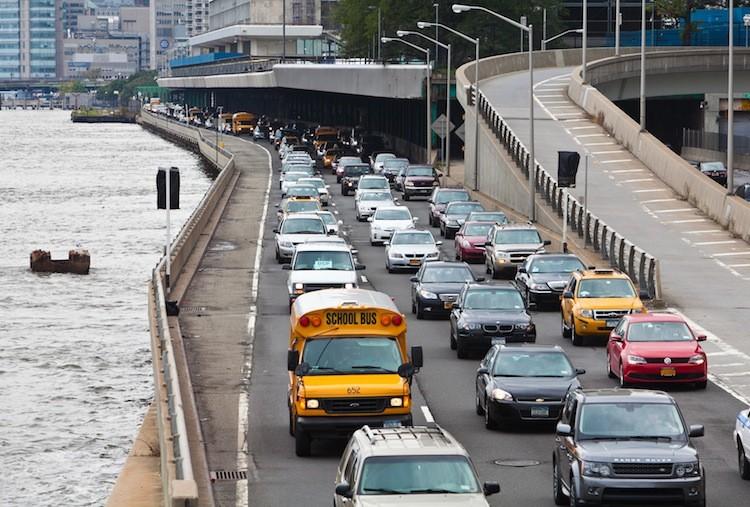
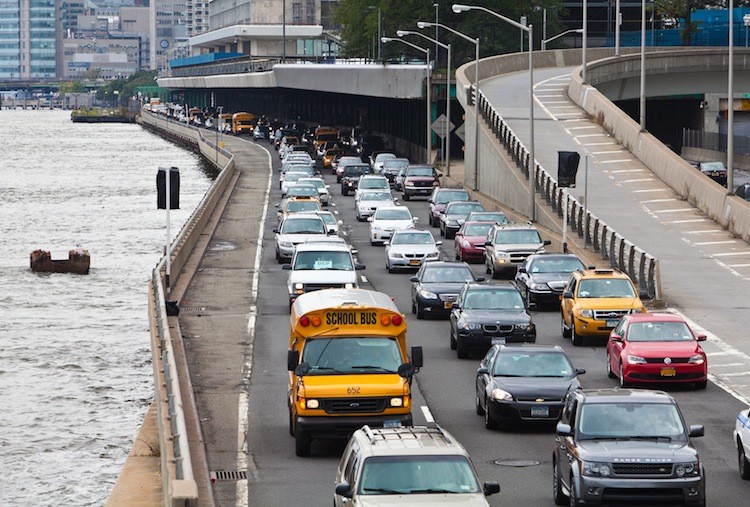
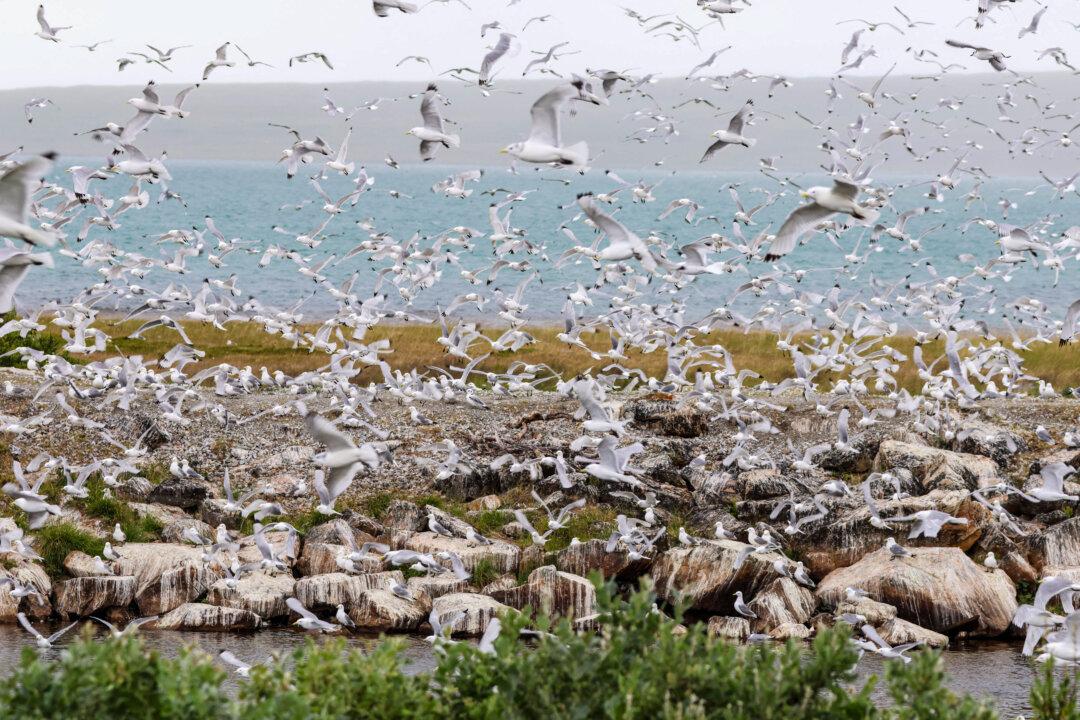
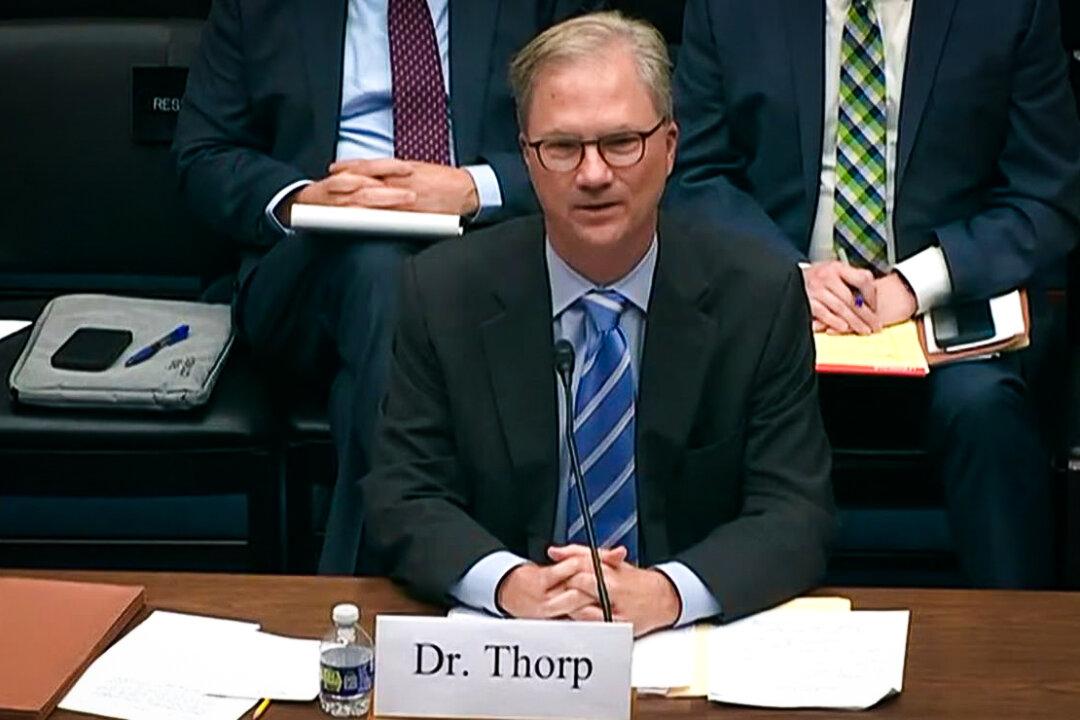
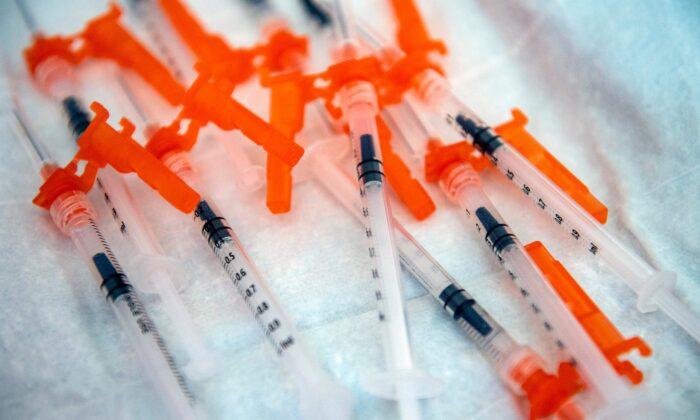
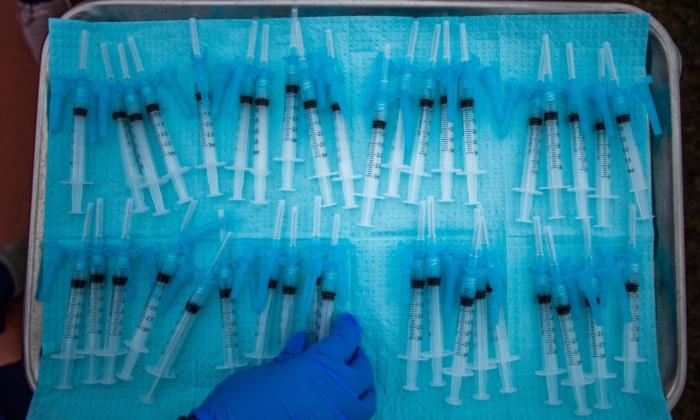
Friends Read Free